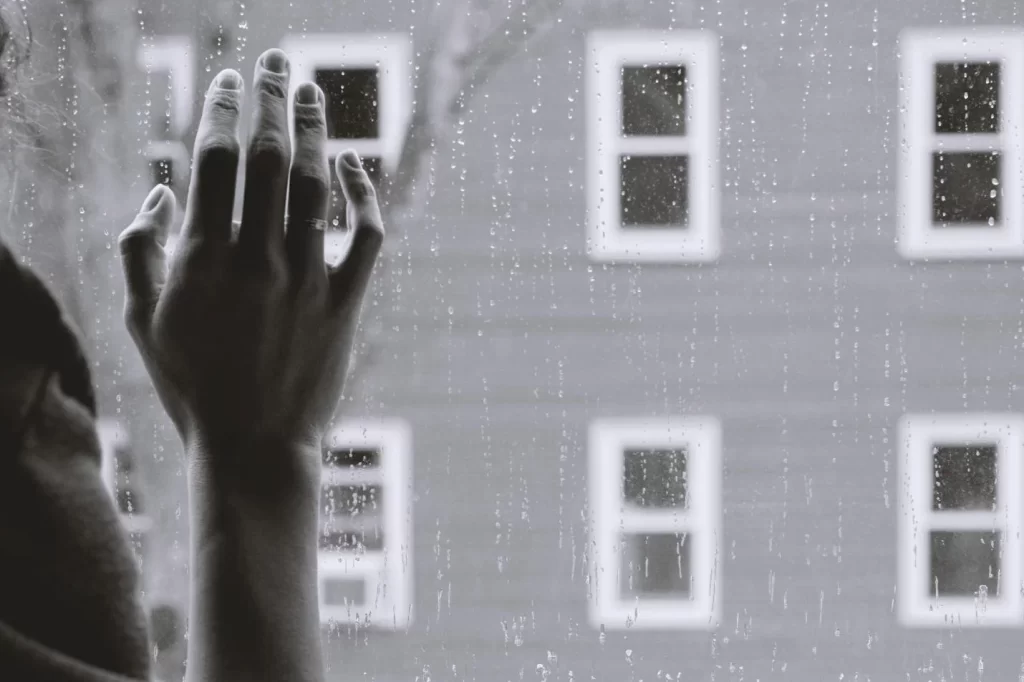
The pace of life seems to accelerate endlessly, but it comes with a somber truth: suicide rates have increased at an unprecedented velocity in the last ten years.
Behind closed doors, many grapple with emptiness, despair, and the weight of their own minds in a harrowing battle that countless end up losing. Yet, in public and among people who care, they might camouflage their true feelings and the depth of their struggles.
As guardians of hope and loved ones, we need to be vigilant.
Together, we can decode the enigma of pain and outline some subtle but crucial signs that a suicidal person may be teetering on a cliff. We can become a beacon of understanding and compassion by recognizing such indicators.
Cast aside your biases and open your eyes to the warning signs below.
Uncovering the Veil: The Mysterious Dance of Dissociation
In the shadows of depression, individuals balance on the precipice of suicide and often find solace in dissociation. Here are the steps of dissociation:
- Mind’s Mirage: It is a realm in the mind where reality blurs and individuals detach from their surroundings. They tend to stay trapped in their own thoughts and feelings.
- Emotion’s Symphony: Their tones, expressions, and voices change, leaving people around them bewildered due to the sudden change in demeanor.
- The Unseen’s Language: A puzzle of fragmented speech, scattered sentences, and fading understanding due to a deep disconnection with reality, people, and the world around.
The Solitude Spiral: A Journey Beyond Reach

To escape the pain, people who dissociate start to withdraw from others and seek refuge in isolation in their own world. Their chosen path can manifest in the following ways:
- Vanishing from Community: They start to slip away from their social bonds and retreat into solitude to detach from the pain they find to be haunting
- Calls for Farewell: Goodbyes to their loved ones might be whispered or spoken in a mysterious manner.
- Tying Up Loose Ends: They start to tie up any loose ends they feel they need to address and wrap up the life they can no longer be a part of.
Restlessness: The Agony’s Unrelenting Flame
Amidst the dark tides washing over them, an unquenchable restlessness can consume suicidal people. Observe their restless souls, forever on the move, their agitation a testament to the inner storm raging within. Nobody ever wants to end their lives; they only want to end the pain they experience. These feelings often make the suicidal individual increasingly anxious and agitated, which makes them appear restless.
Reckless Behavior: Hints of Unspoken Desperation
Witness their wild abandon as they indulge in reckless behavior, a desperate attempt to gain control over the chaos that engulfs them. This reckless behavior can include self-harm, increased substance abuse, reckless driving, and breaking the rules and regulations in public spaces.
Mention of Suicide: Whispers of a Silent Cry

More than half of suicide victims mention their intention to commit suicide to a family member or friend long before they act on it. The secrets of a troubled mind often find their way to the surface, cloaked in cryptic messages and fragile expressions. While they may not talk about their intentions clearly, they are likely to hint at it somehow. Catch the subtle clues concealed within their words, where “gone,” “absence,” and “disappear” offer a glimpse into their hidden pain. Hear the echoes of guilt, shame, and regret as they grapple with a crisis threatening to consume them.
Conclusion
In our shared journey, we bear the responsibility to extend a lifeline, to offer solace in a world that often burdens them. Together, we can rewrite the script of despair and pave the way for a future filled with empathy and hope.
In his book, What Bad We Do, Ray Comeau explores how our negative actions affect those around us. He urges his readers to analyze their mistakes and guides them on correcting them to impact their lives and those around them positively. To learn more about Ray Comeau and his book, click here.